A Brief History of the MCU Part One
During the 1990s, Marvel Entertainment Group suffered through several nightmarish years. The company declared bankruptcy, gained a new title, accepted a penny-pinching new owner, and gradually tried to claw its way up out of corporate oblivion.
When Toy Biz purchased and re-named the company as Marvel Enterprises, billionaire Ike Perlmutter evaluated the business harshly. He recognized a print media company in a world moving toward digital media consumption. However, the oddball owner coveted Marvel for one primary reason. The company possessed hordes of intellectual properties (IPs) that were Hollywood-ready.
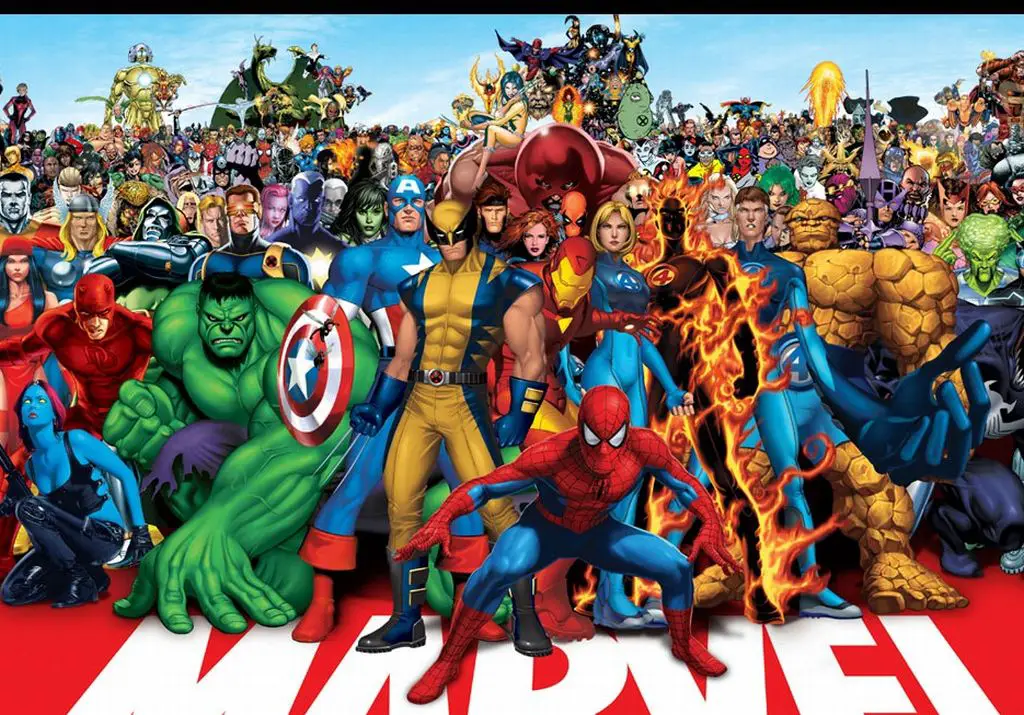
After a decade of turmoil, Marvel entered the 21st century with hope and optimism about the future. The comic book publisher’s primary goal was to conquer Hollywood…or at least earn enough with some Marvel movies to provide some breathing room on the company’s financials.
Let’s go all the way back to the beginning to learn how the Marvel Cinematic Universe became the most powerful film franchise on the planet. In the first discussion, we’ll only talk about one official MCU release, and it’s not even the one you’d expect.
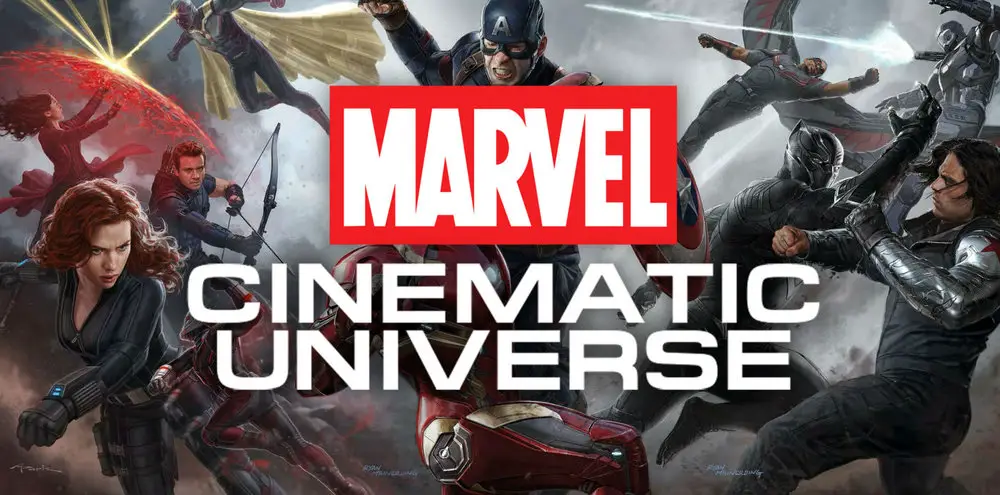
The Precursors
Have you watched any of the Blade movies starring Wesley Snipes? I’m not exaggerating when I say that the first Blade is sneakily one of the most influential films from the 1990s.
It worked as a kind of proof-of-concept that comic book movies could earn a lot of box office. Up until 1998, more of these releases had failed dramatically than succeeded. See: Howard the Duck.
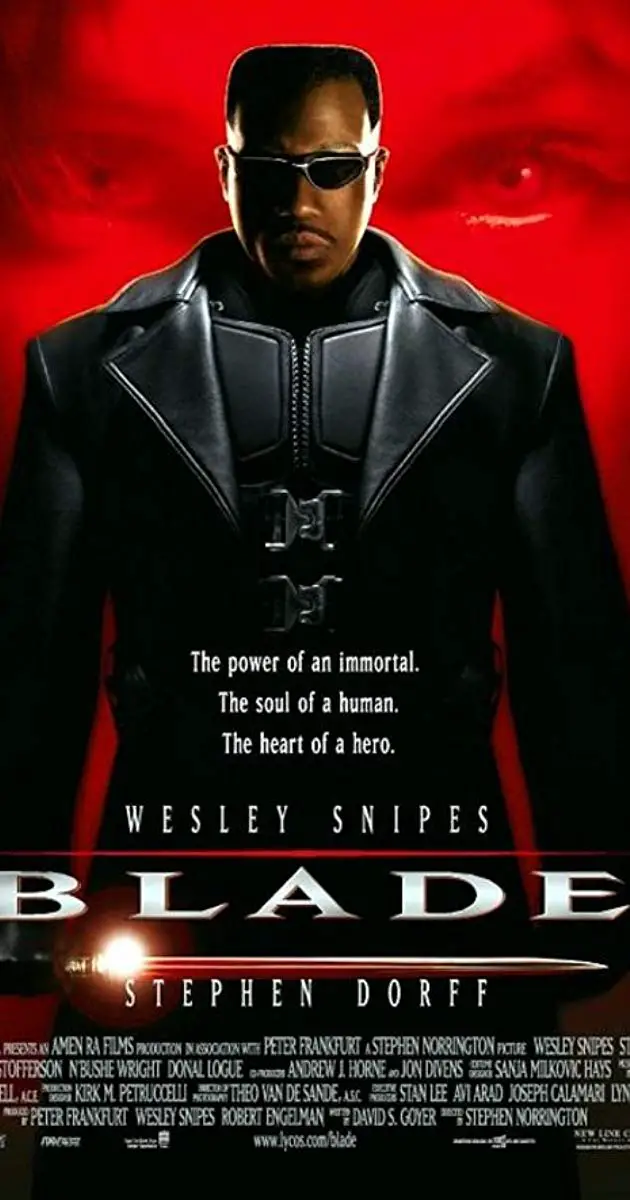
Released in 1998, this vampire hunter movie reportedly cost $45 million to produce, although industry insiders peg the number much lower. I tend to believe the lower tallies given Perlmutter’s notorious penchant for cheapness.
Marvel Studios produced the movie, which means that they financed it. And Perlmutter is so notoriously cheap that he takes pens out of the trash at Marvel’s office to verify that they’re out of ink.
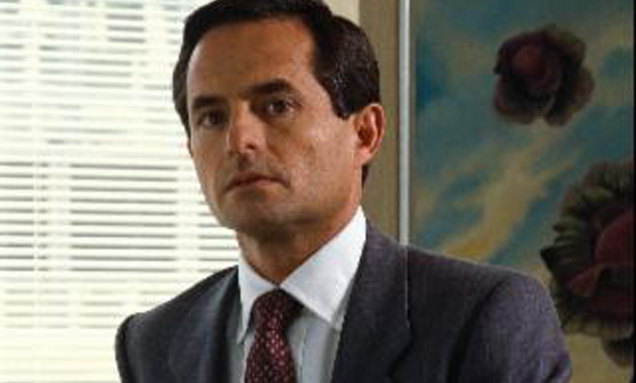
Photo: Forbes
For a total of $45 million (or much less), Blade grossed $70.1 million domestically. More impressively, it gained another $61.1 million overseas despite possessing no brand awareness. It finished as the 30th biggest earner of 1998 and delivered a solid return on investment for Marvel Studios, the outcome that mattered to Perlmutter.
Blade would receive two sequels, one of which was terrific while the other was a debacle. In 2002, Marvel Studios took a chance on an obscure but talented Mexican director. Guillermo del Toro somehow became the director of Blade II, which seems ludicrous in hindsight.
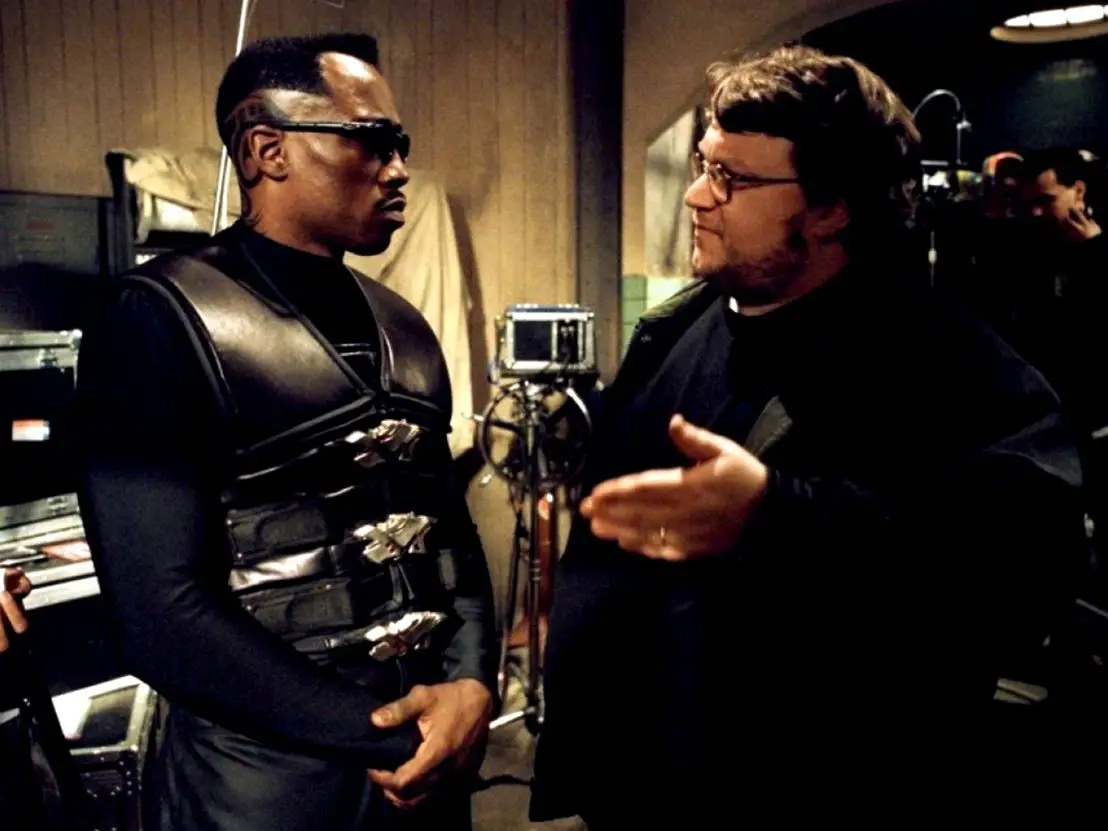
Not coincidentally, the film became easily the best of the Blade trilogy in terms of quality and box office performance. It grossed $82.3 million domestically and $72.7 million overseas. Blade: Trinity, a critically reviled film, still managed $128.9 million worldwide.
By this point, del Toro had chosen Hellboy rather than work with Perlmutter/Marvel again. From a box office perspective, this oddly proved a different point, though. Everyone involved knew that Blade: Trinity was terrible, yet its overseas box office of $76.5 million became the best in the franchise.
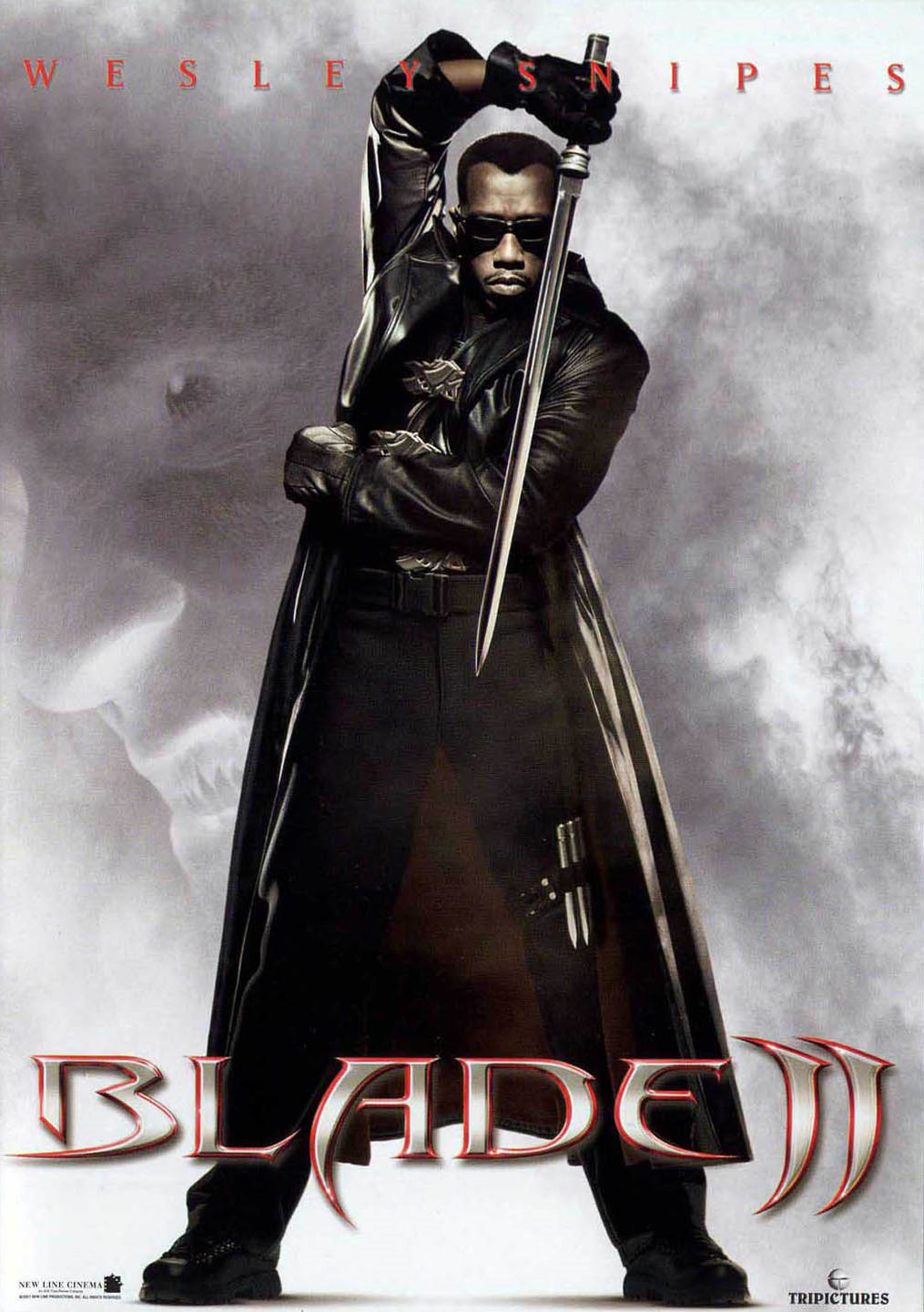
For whatever reason, Marvel Studios had its proof that comic book movies translate well internationally. And most people in Hollywood understood at the time that overseas box office represented the next gold rush in the industry. The vampire hunter movies revealed that Marvel possessed a formula that could work. Alas, the studio hit a few speed bumps along the way.
The Hulk Doesn’t Smash
Director Ang Lee has built his entire career on defying expectations. After he triumphed with 2000’s Crouching Tiger, Hidden Dragon, Lee turned around and chose a Marvel character, The Hulk, for his next project. Literally no one in the industry saw that coming.
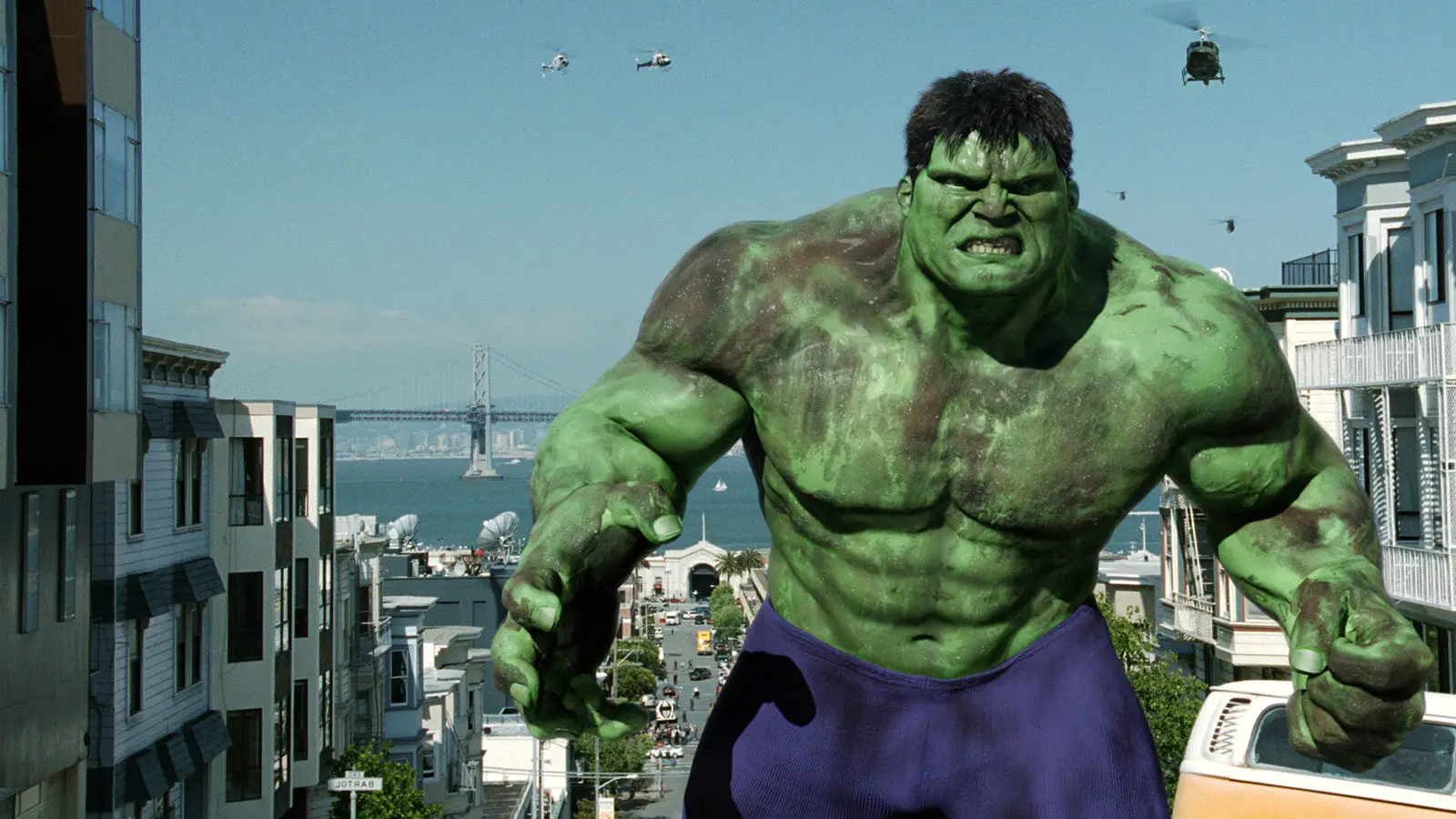
For the body of two years, Hulk enjoyed some of the most glowing pre-release PR that a production can have. Once it was released, the mood turned somber as audiences soured on the unexpected daddy issues that drove the story.
Bruce Banner’s father didn’t interest people as a character, and there were some CGI dogs that seemed comically inept, no pun intended. Also, Eric Bana appeared wildly miscast as both Bruce Banner and The Hulk, neither of whom he portrayed convincingly.

A dear friend described the disappointment of comic book fans this way: “HULK SMASH!!! How hard is that?” Sadly, Hulk featured very little smash, an issue that would remain until the character thrashed Loki in The Avengers.
Marvel Enterprises suffered the sting of box office disappointment here. The film cost a whopping $137 million to produce while earning only $132.2 million in North America. Even with $113.1 million in overseas box office, Hulk lost money, something that annoyed Perlmutter.
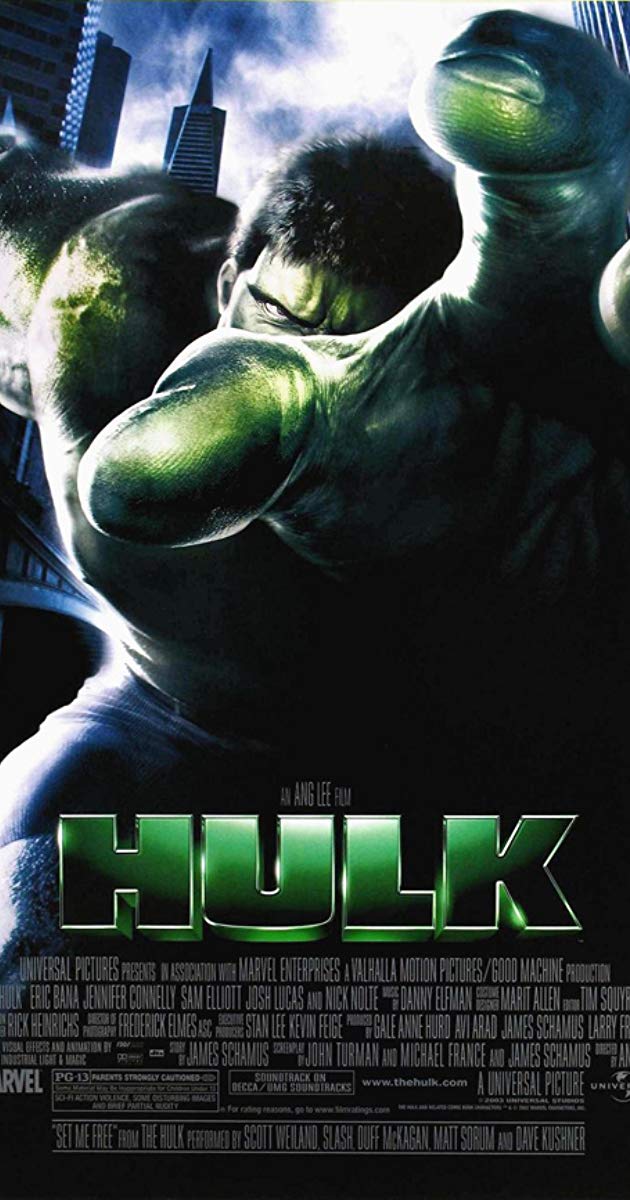
The Second Hulk
The studio loved the character of The Hulk and wanted to try again, though. Ed Norton replaced Bana in the title role, and the studio committed a bit more to the endeavor. Marvel Studios had officially begun, and this film became the second official release in the MCU.
Alas, the second film didn’t do any better than the first. Sure, critics and film-goers alike agreed that it was better, but the stink of failure from Hulk hadn’t vanished by 2008.
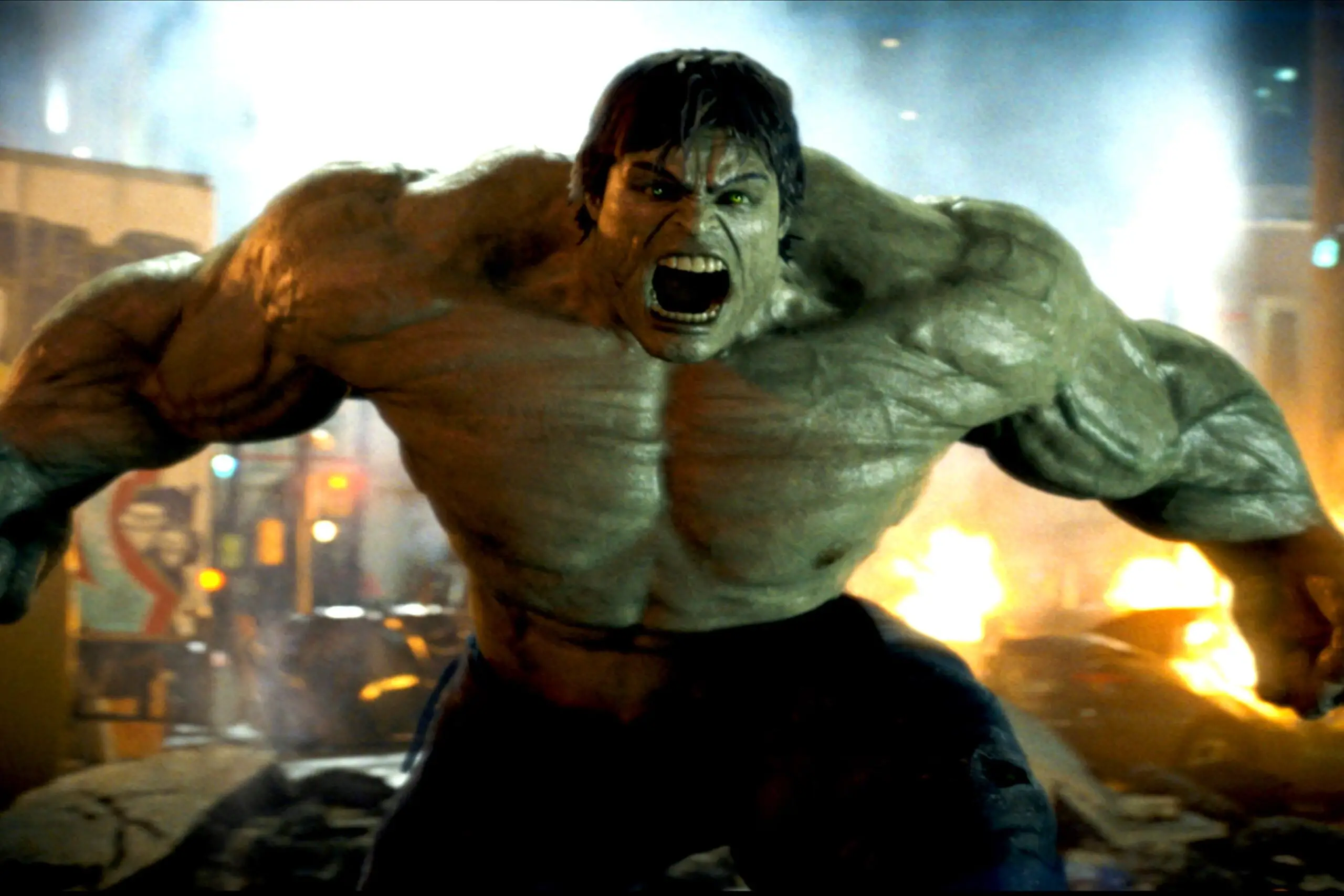
Image: Marvel Studios
The film managed only $134.5 million domestically against a production budget of $150 million. Its international take of $128.9 million was only marginally better, too. The Incredible Hulk incredibly didn’t do any better than Hulk.
Of course, Marvel wasn’t that stressed about it because something else had happened a few weeks before then.
The Mutants
Any discussion of the MCU would be incomplete without mention of the X-Men. While none of those characters has appeared in the MCU yet for legal reasons, Professor Xavier, Wolverine, and the crew are undeniably the reason why comic book movies are a thing.
In 2000, discredited director Bryan Singer hadn’t fallen from grace yet. On the contrary, his work on The Usual Suspects had made him famous and rightfully so. Singer didn’t run sets well, as demonstrated by what we now know about 1998’s Apt Pupil. Ignoring the tasteless nature of those stories, this problem overflowed into X-Men’s production, too.
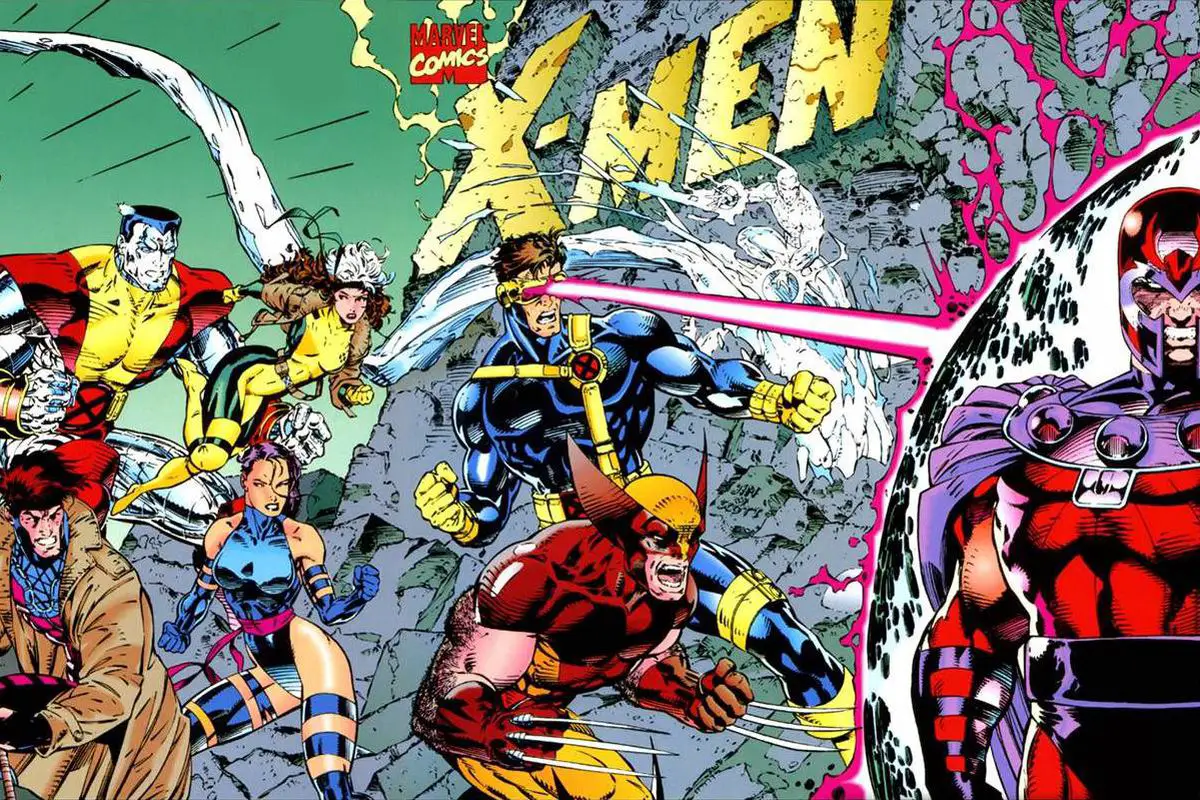
Singer shot several hours of footage of X-Men that just didn’t make any sense. Both Marvel Enterprises and the distributor, 20th Century Fox, worried that they had a bomb on their hands.
In the editing bay, Singer saved the day by cutting out most of the movie. He returned with a tight 100-minute film that has some substantial storytelling gaps but instantly satisfied comic book fans. They didn’t care about the editing mess, only that their superheroes kicked butt onscreen.

History would later repeat itself with Guardians of the Galaxy, which similarly suffered editing woes on the way to becoming a bonafide blockbuster. In each instance, Marvel learned that what matters is that the characters are fun and funny.
The Lessons of X-Men
X-Men earned $296.3 million in box office against a $75 million budget. More importantly, the 2000 release triggered renewed interest in both the comic books and licensed merchandise for the characters. In this moment, all involved at Marvel realized that superhero movies operate as a kind of Trojan horse.
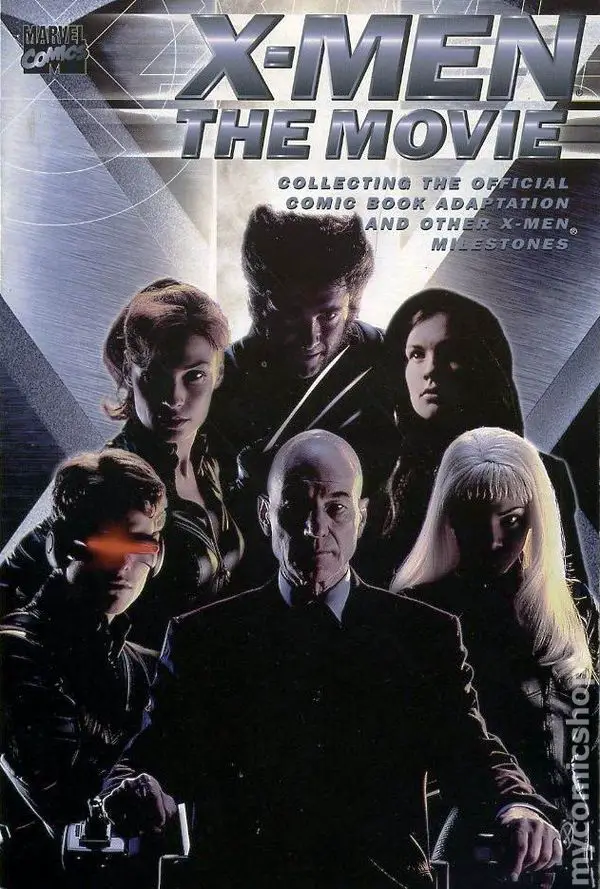
Even when the films earn less money, the company makes more from ancillary product sales. So, box office failures are loss leaders, while blockbusters accrue revenue across multiple industries. The format works remarkably well. When Disney gained the characters, the company would unearth even more ways to maximize financial gains, park tie-ins being the most natural tactic.
For Fox, X-Men sustained the company through years of mismanagement in the film industry. Including standalone films like Wolverine and Deadpool, the studio released 12 X-Men titles that combined for $6.05 billion in box office.
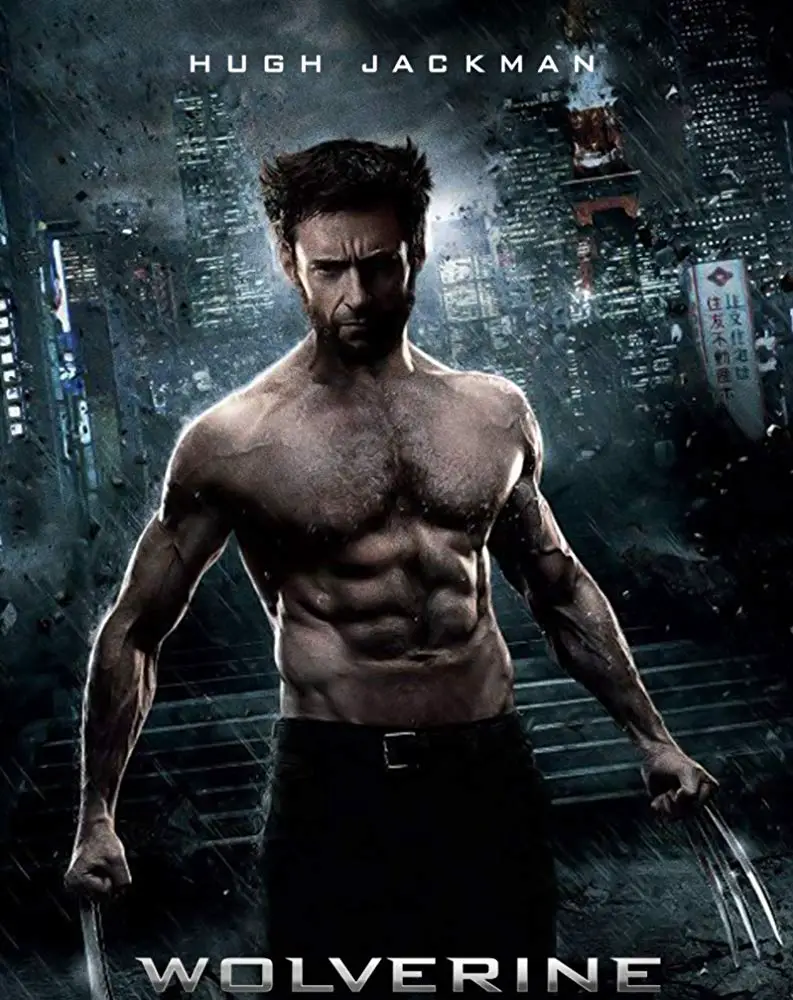
The average X-Men comic book movie has grossed $504 million against a production budget of $142.3 million. Those are numbers that make even a scrooge-like Ike Perlmutter smile.
For Marvel, they were enough that the studio felt confident about building an entire cinematic universe around the premise. All the company would need was a plan, the right director, and a star to anchor the whole franchise.
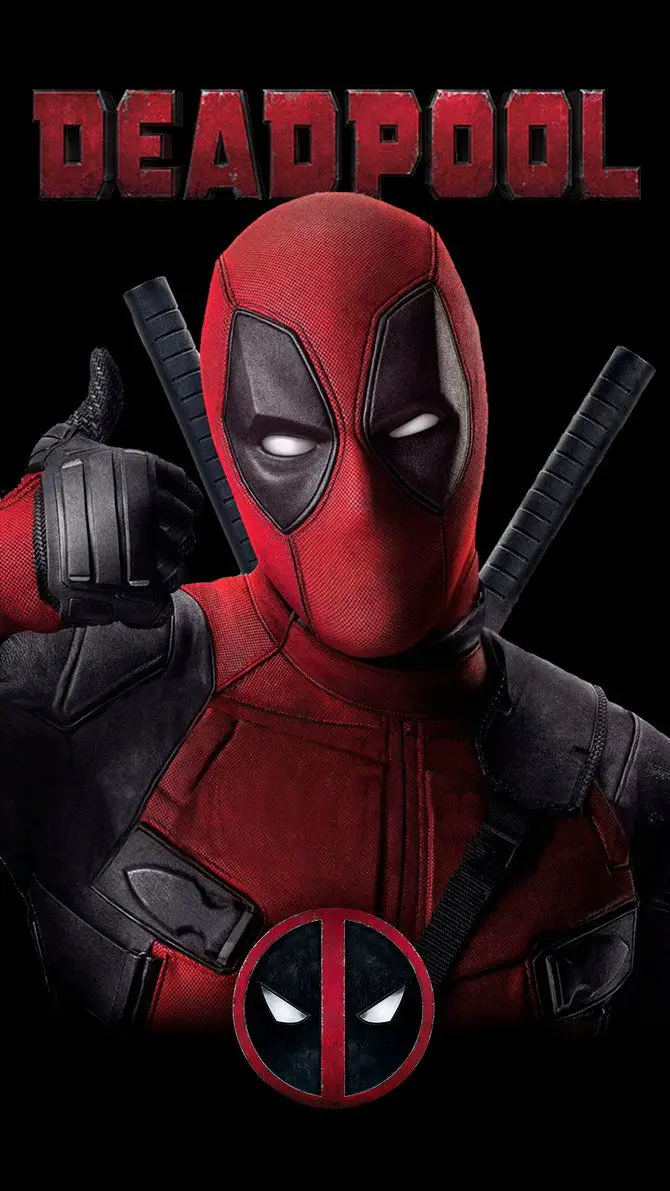
In part two, we’ll explore Phase One of the MCU.


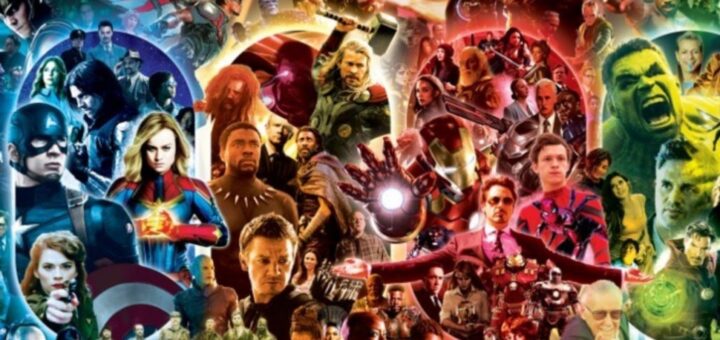

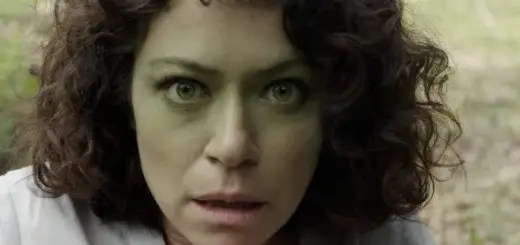
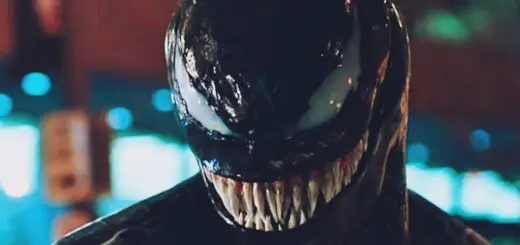






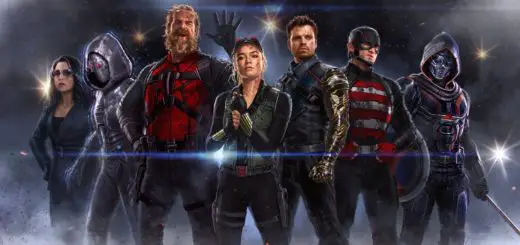
5 Responses
[…] other Marvel-based movies came before it, Iron Man ushered in the era of the Marvel Cinematic Universe (MCU). Much of what happened […]
[…] yes. At some point, Disney will bring the Mutants into the fold, introducing them to the Marvel Cinematic Universe (MCU). However, the expectation is that this will happen several years from […]
[…] talk about two of the most combustible Marvel projects in the latest edition of History of the […]
[…] didn’t reveal what roles she auditioned for in the Phase One Marvel films. You can see the full video right […]
[…] Blog launched with our first article, detailing the history of the MCU in… many… […]